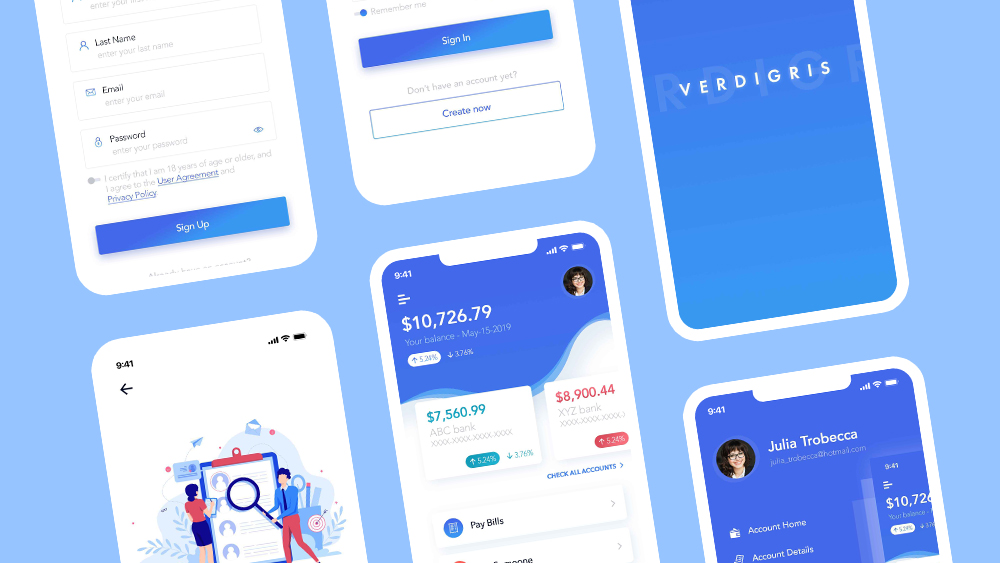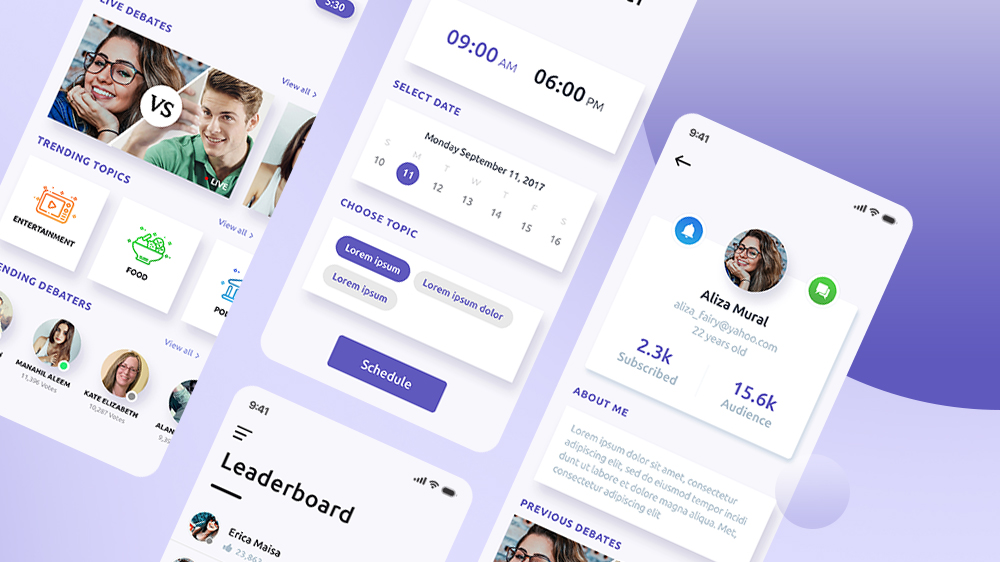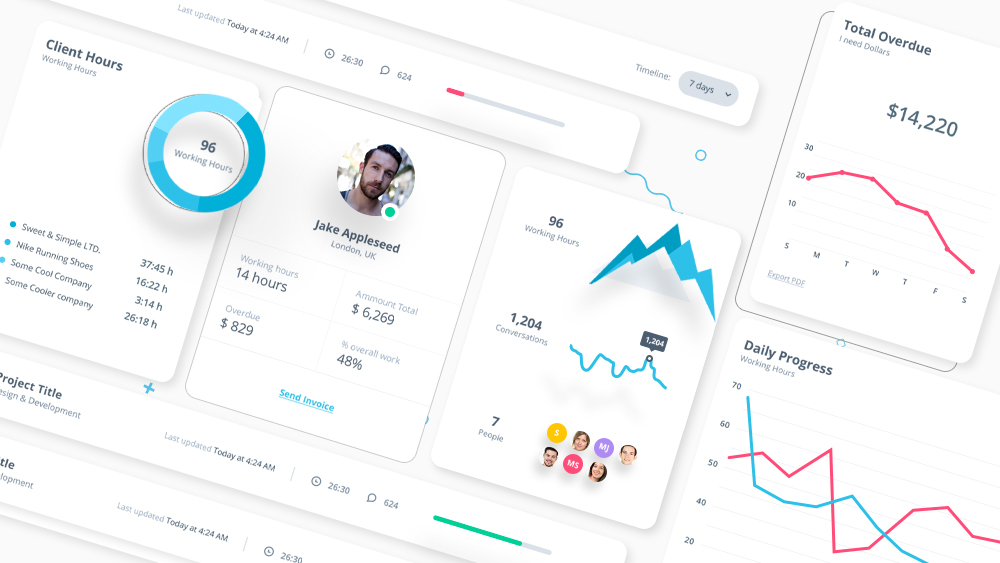In today’s digital world, we are bombarded with an endless stream of information and distractions. With so many unlimited options and features, it can be very difficult to choose a design you want to go with. In such a visually stimulating environment, it is more important than ever for designers to create user interfaces that are clean, efficient, and easy to use.
This is where minimalism can be a powerful approach.
What Is Minimalism?
Minimalism is all about eliminating excess and strategically placing the remaining elements. It’s based on using space in which colors are usually neutral, small objects occupy large places, like how it can be simpler but still powerful to convey your message with this style of design for interfaces such as architecture or graphic designing where there isn’t much color happening anymore–it has recently helped shorten development times by cleaning up code since less details mean cleaner layouts!
Minimalism is a design philosophy that emphasizes simplicity and usability. A minimalist UI strives to remove all unnecessary elements, leaving only the essential elements needed to complete the task at hand. By doing so, minimalism can help reduce cognitive load and make complex tasks easier to understand and complete.

UI Minimalism
UI minimalism is the design philosophy that less is more. The idea is that by stripping away unnecessary elements, you can create a cleaner, simpler, and more user-friendly UI. This philosophy has been gaining popularity in recent years as users have become increasingly frustrated with bloated and cluttered UI. UI minimalism isn’t about removing all UI elements but rather carefully considering which elements are truly necessary and which can be removed. When done correctly, UI minimalism can result in a UI that is both elegant and efficient.

UI design minimalism is a style or approach in design whereby the UI designer consciously chooses to limit the UI to only the most essential elements and features, thereby eliminating any unnecessary and redundant design elements. This approach results in a clean, uncluttered UI and is easy to use. While some may think that minimalist UI design is simply a matter of cutting out superfluous features and leaving only the bare essentials, there is actually much more to it than that. In order for a UI to be truly minimalist, every element and feature must serve a specific purpose and contribute to the overall user experience. otherwise, it runs the risk of being cluttered and confusing. By carefully considering what is essential and eliminating everything else, UI designers can create minimalist UI designs that are both effective and visually appealing.
The Benefits Of Minimalism
There are many benefits to using minimalism in UI design. One of the most important benefits is that it can help reduce cognitive load. When users are presented with too much information at once, they have difficulty processing all of it and often become overwhelmed. By stripping away unnecessary elements and focusing on the essentials, minimalism can help make complex tasks more manageable and user-friendly.
Another benefit of minimalism is that it can improve usability. By removing clutter and distractions, minimalism allows users to focus on the task at hand and more easily find the information they need. Additionally, by using whitespace effectively, minimalism can help lead users through a task flow in a logical manner.
Finally, minimalism can also help create a more aesthetically pleasing design. When done well, minimal designs can be sleek, modern, and visually appealing. This can help create a positive first impression and improve the overall user experience.

When used correctly, minimalism can be a powerful tool for UI designers. By reducing cognitive load and improving usability, minimalist designs can help make complex tasks more manageable for users. Additionally, by creating a more aesthetically pleasing design, minimalism can help improve the overall user experience. If you’re looking to create a clean and efficient UI design, consider incorporating some principles of minimalism into your next project.